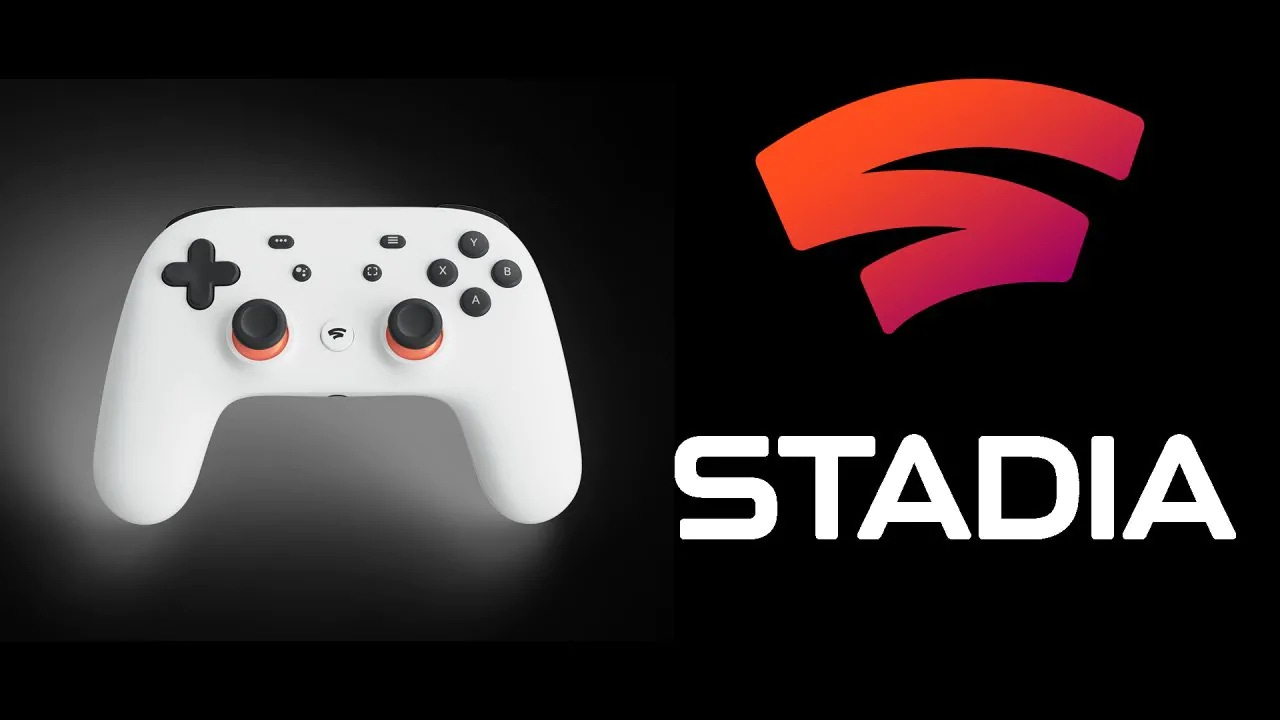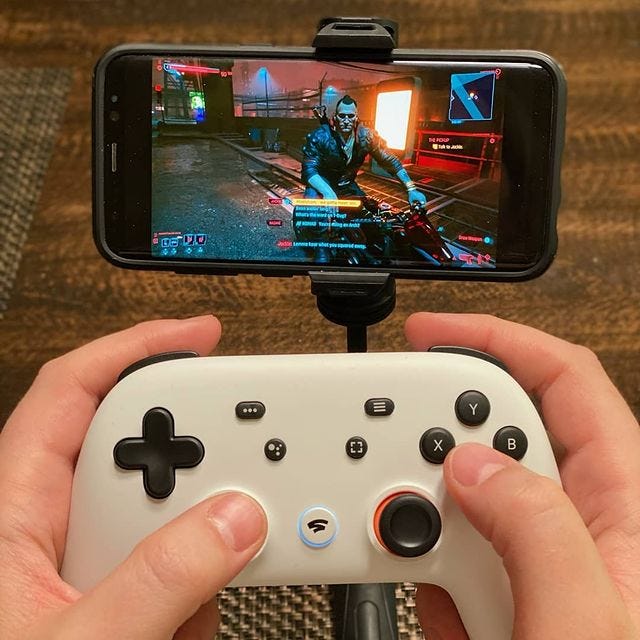So Long Stadia
You will be missed by this gamer!
As the Google Stadia refunds start coming in, I wanted to take a moment to wade through the “I told you so’s” of Stadia’s demise. I have to admit, I was pretty bummed out by the news. Was Stadia the perfect cloud gaming product? No, but I would argue it was a much better product than people gave it credit for.
As a dad who likes to game but is short on time and gaming devices, Stadia was a perfect solution to a common problem. I own a Nintendo Switch. Which is an amazing device for all the incredible Nintendo exclusives and has a ridiculous amount of gaming options for my kids and I. But, the switch lacked the juice for running big AAA studio blockbuster games and I lacked the persuasion to convince my partner a gaming rig I would use on rare occasions was worth the investment.
Welcome Stadia.
When Stadia was announced, I was thrilled. This seemed like the absolute perfect opportunity to play new, high quality games without the need for new hardwarde beyond a controller (which I currently have a box of 6 stadia controllers due to some YouTube Premium subscriber giveaways which has made me very hopeful that Stadia will unlock these controllers for use on other devices)
Around this time, nVidia also launched their cloud gaming with Steam integration. I almost immediatly assumed this would kill off Stadia until I looked into it a little more. My MacBook Air had a whopping 128GB of storage space. After the OS and some software for work, I was constantly sittting at around 20GB of space. Let’s say I wanted to play Far Cry 6 which comes in at a supisingly reasonable (for this day and age) 40GB. Even if my hardware could handle playing the game, I didn’t have the space to install it anyways. Which is where nVidia fell flat. Sure, you can access the nVidia cloud network and get the hardware you need, but only after you have the games installed locally from Steam. This was a non-starter for me.
The beautiful thing about Stadia was I could run any available game, any where, on almost any device out there. I played Cyberpunk on a Galaxy S8 and I even played Far Cry 6 on my MacBook Air in a gaming experience that was impossible to me just a few years back.
Of course, there are drawbacks to cloud gaming and Stadia is no exception. The speed and connection quality of your network plays a huge role in your experience. I’m lucky enough to reside in a large city where high speed internet is readily available, but I could imagine the frustration for gamers trying to access Stadia from remote locations where internet is spotty.
But, for me at least, even when my connection wasn’t great, the amount of time needed to buffer was never really an issue for the experience. I only remember one time from my 100+ hours of Stadia gaming where the buffering was bad enough that I just set it down and walked away.
Stadia was a great idea, plagued by a rough launch and a skeptical gaming audience. It never gained enough traction to become a truly worthy competitor in the space. Lacking any integration into existing game purchases through Steam, itch, or Epic and exclusive titles at launch, meant that gamers were stuck buying games they likely already owned or weren’t that keen on playing.
Although google is notorious for shuddering services, I was truly hopeful Stadia would make the cut and stick around. It was a pleasure to use for me and leaves a gap in my gaming capabilities for the near future. I am grateful for the refunds, but I’d much rather of had the gaming memories.
From this gaming Dad, thank you Stadia for your service.
“F”



